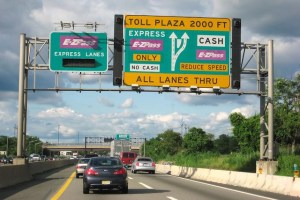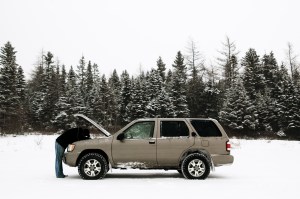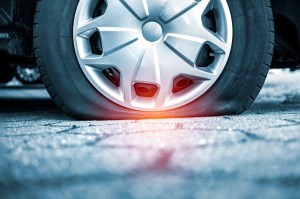Today’s students aren’t biking or walking to school like they used to.
Just 13 percent of students ages 5 to 14 walked or biked to class in 2009 compared with 48 percent 50 years earlier, according to the Safe Routes to School National Partnership.
Time, convenience, distance, weather and safety were barriers to walking or biking to school, according to a study by the U.S. Centers for Disease Control and Prevention, even though research has shown increased physical activity has health and academic benefits for children.
If your child walks or bikes to school, here are some tips.
- Wear a helmet. Bicycle helmets significantly reduce the chance of brain injury. It should be snug, but not too tight, with the brim about an inch to an inch and a half above your child’s eyebrows.
- Cyclists must obey motor vehicle laws. That includes yielding to pedestrians, stopping for stop signs, signaling turns and traveling with the flow of traffic.
- They’re more likely to be seen if they’re wearing bright clothes. They should also make eye contact with drivers when crossing the street.
- Stay on sidewalks whenever possible. If there aren’t sidewalks, walk toward oncoming traffic, so you can see what’s coming.
- Look left, right and left again before crossing the street. Continue looking in each direction as you cross.
- Be alert. Having your eyes on your smartphone means they aren’t on the road, or traffic. Headphones aren’t the best idea, either.
- Use crosswalks to cross the street, and don’t cross the road between parked cars.
For more safety tips for bicyclists and pedestrians, visit AAA.com/SchoolSafety.
For back-to-school savings, check out AAA.com/Discounts.











